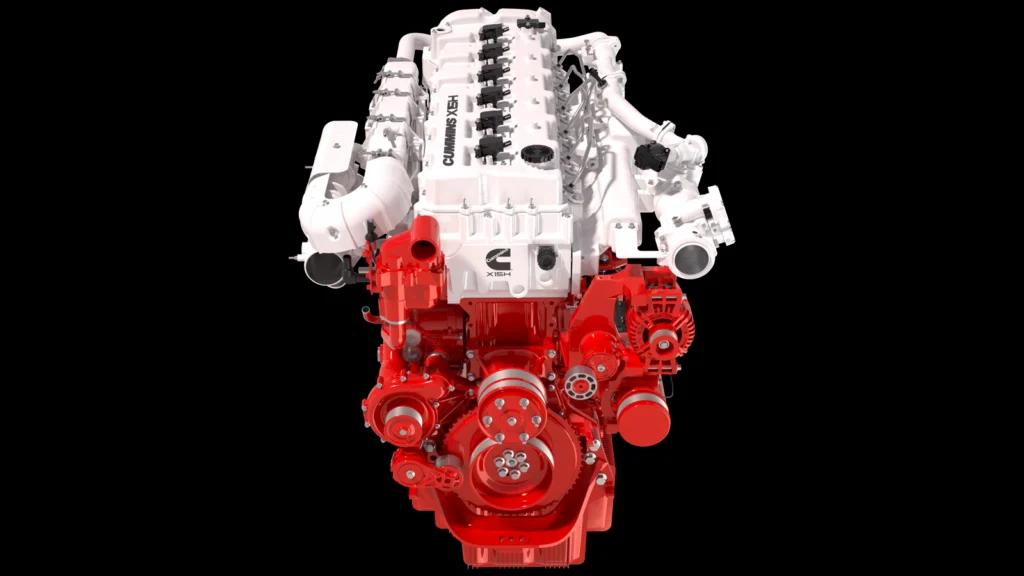Hydrogen ICE engines “crucial transitional technology” says Cummins

At IAA 2024, Cummins and the Hydrogen Engine Alliance reinforced hydrogen internal combustion engines (H2-ICE) as a practical, short-to-medium-term answer to decarbonising heavy-duty transport.
While long-term solutions like fuel cells (FCEV) are emerging, H2-ICE is poised to drive immediate carbon reductions by using existing engine technology and supply chains.
Hydrogen internal combustion engines
H2-ICE offers an essential stepping stone in the hydrogen journey. The key message throughout the event was that H2-ICE and hydrogen fuel cells are complementary technologies.
As H2-ICE adoption grows, it will increase hydrogen fuel production, drive down costs, and accelerate customer acceptance of hydrogen as a mainstream fuel.
The existing diesel technology, parts, and expertise mean H2-ICE can be integrated with far less disruption than other alternatives.
According to Cummins’ Jane Beaman (VP Global On-Highway, Pick-Up), this is critical, as she said: “Hydrogen internal combustion engines not only look and sound like an engine, their parts are highly similar to those used in existing vehicle designs and business operations.
“This simplicity allows businesses to adopt hydrogen combustion with minimal retraining or overhauls.”

Developing hydrogen infrastructure and legislative support
However, to fully realise the potential of H2-ICE, infrastructure must grow rapidly.
Accessible and affordable hydrogen refuelling stations are essential, and legislative consistency is needed to classify H2-ICE as a zero-emission technology.
Beaman stressed that for H2-ICE to take off, “progress is being made in certain regions globally, but we all have work to do”.
She emphasised that partnerships with policymakers and industry leaders would accelerate hydrogen infrastructure projects, expanding adoption.
Hydrogen powertrains for the future
The event highlighted the complementary nature of H2-ICE and hydrogen fuel cells.
While H2-ICE serves as a bridge technology, driving down costs and increasing hydrogen infrastructure, fuel cells will become the longer-term zero-emission option.
Together with renewable hydrogen, fuel cells produce zero tailpipe emissions and will play a key role in heavy transport’s decarbonisation.
As Beaman concluded: “We need a portfolio of technologies so we can all make bigger strides towards cleaner power.”
For now, H2-ICE is the practical step forward – making hydrogen adoption more accessible and laying the groundwork for a hydrogen-powered future.







